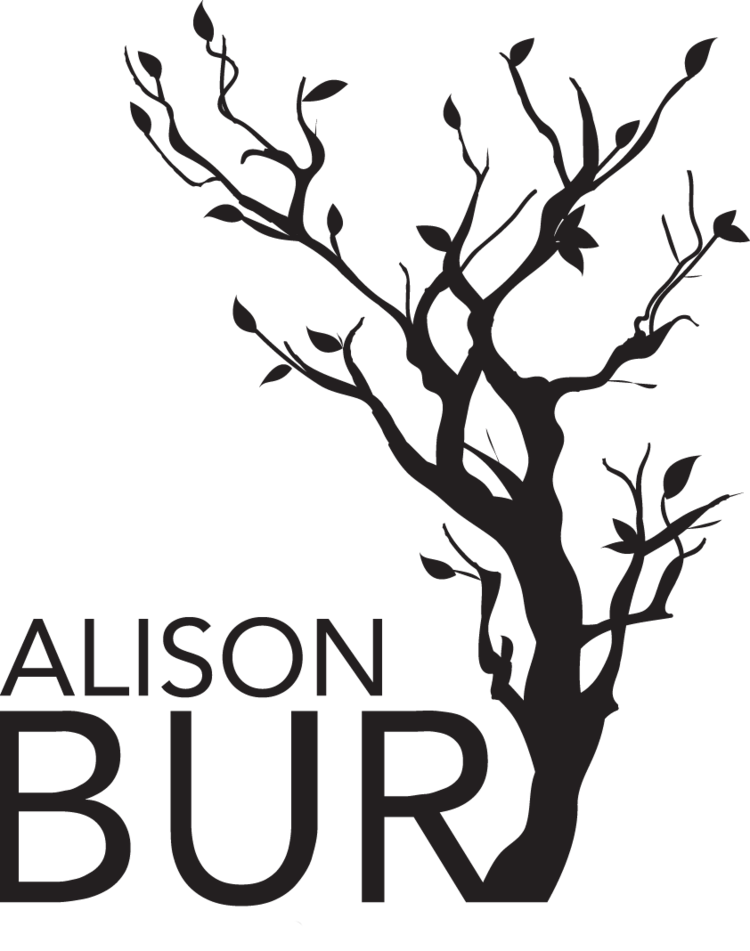Transient
For my series Transient, I decided to slow down and take a closer look at the people and objects in my life that matter most to me. I reexamined time and the camera’s ability to describe small intimate moments between camera, subject, and photographer. I chose the 4x5 view camera above all others because of its ability to capture more than what I can see with my own eyes. The view camera draws my attention to small details and moments I can’t see without the focus of the lens and the cropped view of the ground glass. Overall, creating a disconnect between what I see and the image that is captured, the view camera enables me to capture what I miss with the naked eye.
For me, this series is a personal journey. I began by searching for something unknown, a mystery surrounding the passage of time in my own life I was hoping the camera could help me understand. I examined time and the tension involved in holding on and letting go. Specifically looking at the tension involved in wanting to hold on to the people and objects in my life that matter most to me but inevitably having to let go of them. I also wanted to further examine the feelings and memories attached to these people and objects and how they evolve over time, contemplating how both sometimes change in meaning and in value. To continue my examination of time, I also wanted to pay careful attention to the fleeting moments missed by the naked eye but caught by the camera. Overall, creating images that enable me to not only explore what I would normally miss but also evaluate my own perspective. To achieve this I use the view camera as a way of seeing, which allows me to create images that express what I am blind to but in some ways how I want to remember the subject. This allows me to step back and evaluate how time has affected my life. And within the images preserve that moment or memory which in turn helps me let go of them.
For this series, I chose the black and white silver process over digital methods in order to work at a slower, more intimate pace and really contemplate my images. I decided to print the images large to emphasize their clarity and expose their honesty, allowing them to be fully experienced. For the double exposures, I wanted to create them in real time, not exposed at different times or with the help of digital technology. I wanted them to be raw in process by double exposing on the film in the camera at the same location. All of the double exposures are double exposed at the same location to give a feeling of fleetingness and simultaneously convey a lapse of time. Both exposures are blended seamlessly in order to draw more attention to the subject than the background. All of the backgrounds are natural landscapes to create an ambiguous and natural sense that could not be achieved by shooting in the studio.
The portraits are juxtaposed with objects to contrast the idea of people as ever changing beings with the slower process of the objects changing both in appearance and in their symbolism. Some of the chosen objects hold specific meaning for me, including my Grandmother’s radio in my image Tradio and her figure of the Virgin Mary in my image Hail Mary/Confessions. For the portraits, I focused on family and friends that I wanted to further examine and contemplate. To capture the tension of holding on and letting go, I intentionally posed my subjects so they face in different directions. I then double exposed them so they contradict themselves by facing forward and then back again. I also convey this tension by having some of my subjects hold a jar of sand and double expose them pouring it out. This symbolic visualization of tension describes an aspect of time as we continually have new experiences, feelings, people and objects come in and out of our lives.
Throughout the creation of this series, I was inspired by photographer Ralph Eugene Meatyard. I specifically examined his directness and moodiness to further inform my work. Meatyard creates portraits that are disconcerting, surreal, intimate and dark, and I wanted to attain all of these things with my images to better capture the unsettling nature of the passing of time. I admire his use of flat, natural backgrounds that lack spatial depth and often contain only foliage or abandoned interior and exterior spaces. I feel this type of background is successful at drawing attention more toward the subject than the background, so I employed a similar technique in my series. Meatyard’s use of double exposure and blur give his images a sense of unsteadiness, techniques I also explored to convey the sense of fleetingness in my own images.
This body of work embodies strong feelings of sentimentality, as I try to make these conscious and subconscious decisions on what I will hold on to and what I will let go of as I begin my journey on my own. Through the course of photographing this series I’ve formed a new way of looking at time and how it shapes my life, which is above all else what I love most about photography and my goal for this series. I feel that being this honest with my images will allow the viewer to place themselves in them. My hope for the viewer is to draw their attention to the importance and value of the fleeting moments in their own lives. By creating images that allow the viewer to slow things down, I hope viewers will take the time to look a little closer and evaluate what in their lives they have decided to hold onto or let go of.























